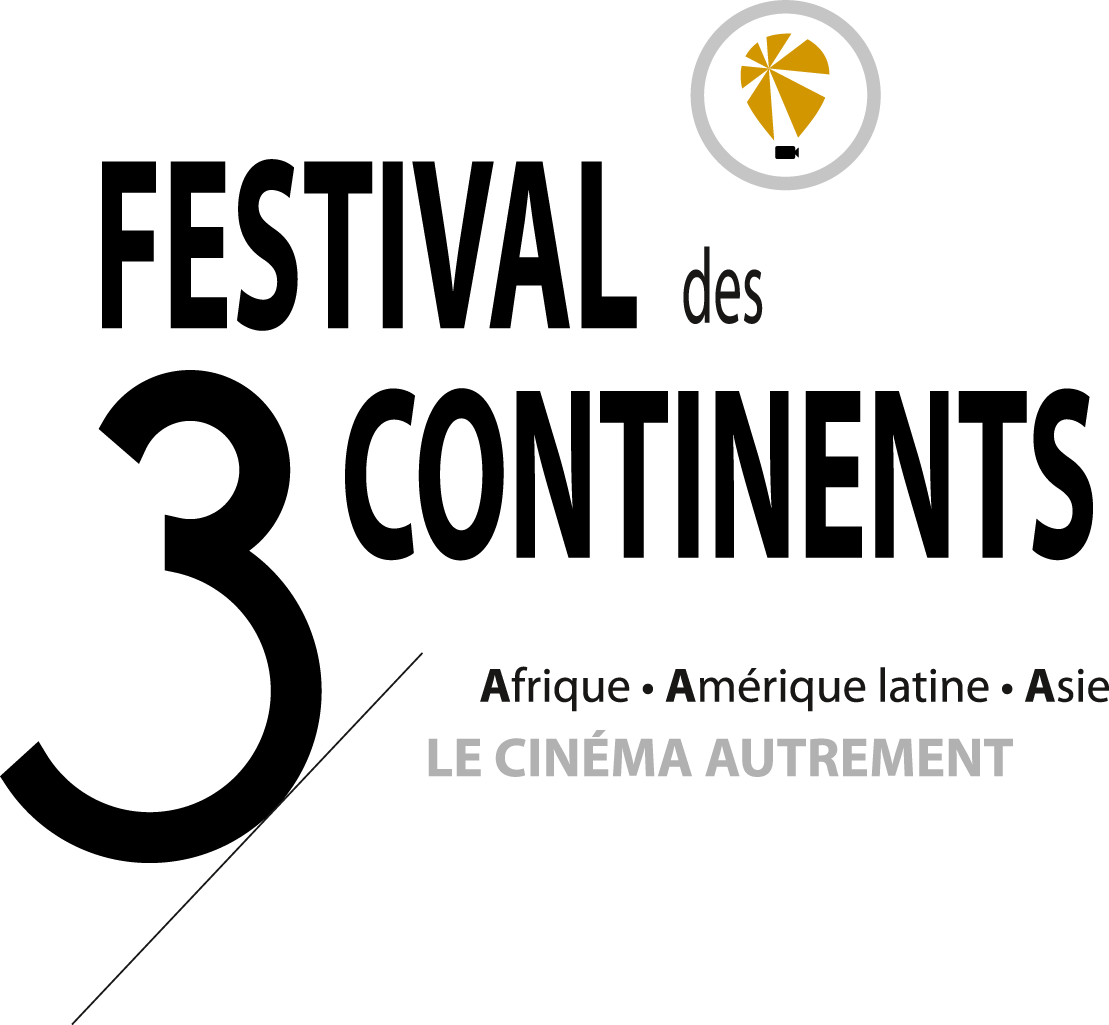From the Nile Palace bridge 1963 to the New Dehli Festival 1983!
Samir Farid – October 2001
I will never forget that hot 1963 summer day. I was a student at the Zamalek Dramatic Art Institute. I came out of the building with Fawzi Fahmi and Dr Mandour, from the Critics’ Department, who is now chairman of the Arts Academy. We decided to walk across the Nile Palace bridge to go to the center of Cairo. On the famous bridge, Fahmi said to me: “There is this fantastic guy, he’s from the Sayyida Zeinab area. He enrolled in the Acting Department this year, he’s called Mohammed Jaber.” This is how I first noticed this guy and remembered his name. It was the first time I ever heard Fahmi use the word “fantastic”. Mohammed Jaber is of course Nour El Cherif. Laterhe reached the top of Arab cinéma and has been one of its greatest stars for the last twenty-five years.
This “fantastic guy” played a very small part on stage while at high school. In 1965, in his second year at the Institute, he played in a famous TV series. 1967 was the year he graduated and also when he first appeared in a film, Hassan El-Imam’s Kasr El Chawk (The Palace of Desire, after an area in Old Cairo).
I followed Nour El Cherif and noticed how refined an actor he was ever since the beginning, always remembering what Fahmi had told me on the bridge: “He’s a fantastic guy.” In 1970, he played one the most difficult characters in Naguib Mahfouz’s novels: Kamel Rou’iyah Lash in The Mirage, adapted for the big screen by Anouar El Chenaoui. He was a shyyoung man with terrible complexes; even his name embarrassed him. In 1971, Nour played in Said Marzouq’s masterpiece My Wife and the Dog. In front of Souad Hosni and Mahmoud Morsi, two great actors, Nour had to be of the same calibre.
In 1972, he was in Hassan El-lmam’s Al-Soukkariah (after a Cairo area), based on Mahfouz’s third novel in his famous trilogy. Nour played the most difficult part again, that of Kamal. In 1975, he founded a production company with his wife Boussi and wanted to make his dream come true by working as a producer. His aim was not to invest money but to risk it in a new adventure. His first film as producer was Samir Seif’s The Circle of Revenge. In 1977, he produced Cat on Fire, an adaptation of Tennessee Williams’s play and in 1980 Mohammed Khan’s first film, Sunstroke. Discovered by Nour and Boussi, Seif and Khan are today among the greatest Egyptian film-makers. Nour El Cherif also produced Atef El Tayeb’s The Bus Driver.
Nour El Cherif had never got in touch in with me ti discuss his films until one day in 1982 when he called me: “You were very tough with Atef El Tayeb in your review of his first film (Mortal Jealousyj in 1980.” I replied: “I admire Shakespeare and I found that El Tayeb had eliminated the character of Othello. Perhaps I was too harsh. ” He went on to add: “You should go and see his second film, The Bus Driver, to see the real El Tayeb, the one you have been waiting for since you first met him in Shadi Abd-al-Salam’s office.” This film was El Tayeb’s true artistic beginning and the birth of realism in Egyptian cinema of the Eighties.
In 1983, Nour El Cherif was the first Egyptian actor to win the best acting award at the International New Delhi Festival for his part in The Bus Driver. He and El Tayeb could not attend the festival. Nobody was representing it. Yet it won. The jury members included the greatest Indian film-maker, Satyajit Ray, and Lindsay Anderson, the great British film-maker and one of the founders of independent British cinema. At the time, I had written in a paper: “Beyond this award, which our various film institutions must celebrate as it deserves to be, what distinguishes Nour El Cherif from other talented actors is his will to fully express a film and not just somehow get to the end of it. ” I finished my review by congratulating Nour El Cherif as well as Egyptian cinema.


